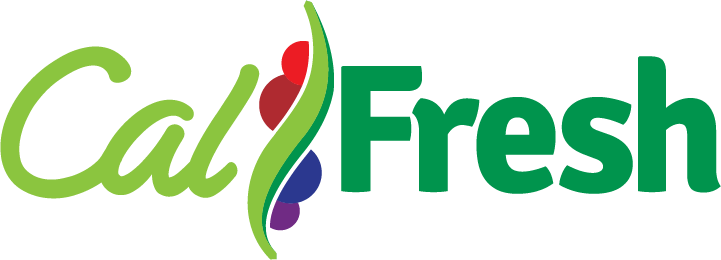Chico State Wildcats shocked the Campus CalFresh Outreach Program workers in August by signing up for food benefits in larger numbers than ever.
The campus-based program, in a normal year, assists roughly 300 students applying for CalFresh benefits during the first month of classes. The start of Fall 2021 saw that number nearly triple to more than 880, a record.
The number of applicants this month indicates that this program is trending upwards; 427 students applied for CalFresh as of Sept. 23.
Campus Coordinator Emily Foxworthy of CalFresh Outreach feels ambivalent about the spike in applications.
“It’s a double-edged sword for me personally,” Foxworthy said. “It points to two things: that students are in deep, deep need [regarding] food, and that they’re ready for help. We’re ready to help them.”
She admitted that the 880 figure doesn’t necessarily reflect the number of students who were helped by the CalFresh Outreach Program directly. Instead, it reflects how many have started the application process through the program’s referral service.
Foxworthy said her team has data that suggests a stronger success rate in gaining food benefits with help from the Outreach Program.
Daniel Klemp, a returning third-year student in Chico State’s nursing program, was grateful to learn about the CalFresh Outreach Program.
“I first applied at [CalFresh’s] physical office and was told that I might not be eligible,” Klemp said. “They gave me a telephone interview 40 days later. After that, I applied again online and was told that I would be contacted within 10 days.”
Klemp’s 10-day wait ends next week, but after roughly two months without benefits and unaware if he’s eligible or not, he’s feeling anxious.
Klemp said that a CalFresh worker doubted Klemp’s eligibility because he’s unemployed and a recipient of the federal Pell Grant.
Foxworthy wasn’t convinced that Klemp is potentially ineligible. Sometimes a CalFresh worker might not be up-to-date about eligibility guidelines or the applicant simply filled out the paperwork incorrectly.
“Out of habit, out of overwhelm, out of overwork, sometimes the county caseworkers make mistakes,” Foxworthy said. “That’s really our work, to be that buffer. The application is hard; eligibility is so complicated.”
Attributed to understaffing and underfunding, California’s food benefits program ranked 45th in the nation for food assistance enrollment in 2016, the most recent year for which that data is available. However, the state’s response to the COVID-19 pandemic included an increase in both benefits and eligibility from 4.1 million Californians to 4.8 million.
California is one of 10 states that delegate food assistance funds to their counties for distribution, a structure that inevitably increases administrative costs.
“While I’m going to school, my time and energy are very much occupied with curriculum,” Klemp said. “If I am able to receive CalFresh benefits through that duration until I get my degree, it would be a big relief.”
Although he remembers the CalFresh Outreach Program being mentioned during orientation, Klemp admitted being overwhelmed with information and regretted that the program’s resources were overshadowed by academic ones.
“I don’t remember to what extent the presenter explained the availability of the services,” Klemp said, “but I imagine it was sufficient to expedite or to ease the process of getting CalFresh.”
Another obstacle the CalFresh Outreach Program faces in its mission is reducing stigmas attached to food benefits.
“I spent three days presenting virtually at a conference for high school counselors and community college counselors,” Foxworthy said, “and my main message was, ‘We need your help in reducing stigma. We need your help to normalize this.’”
Common misconceptions the program encounters from students are that benefits are taken from others who need it and will have to be repaid.
In reality, food benefits are budgeted by the federal government, allocated to the states and, in California’s case, percolated to counties. Money that isn’t used goes back to the federal government at the end of the year.
“If we don’t all use it, we lose it,” Foxworthy said. “When you shop with CalFresh in our local community, you are stimulating our local economy.”
Other benefits tied to CalFresh eligibility include, but are not limited to:
· Market Match: Chico’s farmers’ markets will match your CalFresh dollars on produce, up to $15
· The MORE program: Participating grocery retailers, like the Chico Natural Foods Co-op, will discount all California-grown produce by 50%
· The CARE program: A discount on PG&E utilities
· Medi-Cal: The state’s Medicaid program
· Low-cost or free cell phone service
For more information, email the Campus CalFresh Outreach Program at calfresh@csuchico.edu and visit on Instagram at CFOchicostate.
Ian Hilton can be reached at orionmanagingeditor@gmail.com







Andrew Miller // Sep 29, 2021 at 7:30 am
Nice article. I’m please to see expanding access for those students at risk of food insecurity. Just a small correction. Medi-Cal is the state’s Medicaid program, not Medicare program.